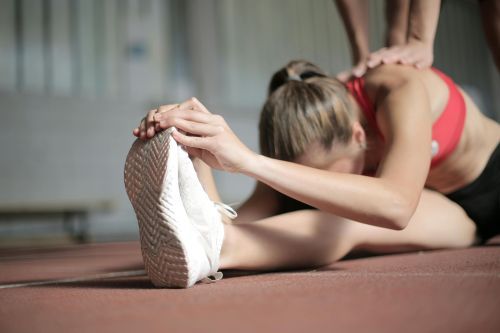The Importance of Warm-Up and Cool-Down Routines
The Importance of Warm-Up and Cool-Down Routines

Every effective workout begins with preparation and ends with deliberate recovery. A proper warm-up primes your muscles and joints for the physical demands ahead, while a structured cool-down helps your body recover safely after exertion. When executed correctly, these routines can reduce the risk of injury, improve overall performance, and accelerate your path to better fitness.
Why a Warm-Up Matters
A dynamic warm-up is more than just a prelude to exercise—it is a crucial step in increasing muscle temperature, enhancing blood flow, and improving joint mobility.
Gradually elevating your heart rate and engaging in dynamic stretches (such as arm circles, leg swings, or light jogging) not only prepares your body for vigorous physical activity but also helps reduce the likelihood of muscle strains and injuries . This preparation increases flexibility, ensuring that your muscles and tendons are ready for the intensities ahead.
The Benefits of a Cool-Down
Concluding your workout with a cool-down is equally important. A gradual decrease in exercise intensity allows your heart rate to return to normal and helps clear metabolic by-products, such as lactic acid, from your muscles.
A proper cool-down—featuring gentle stretching and low-intensity activity—can significantly reduce muscle soreness and prevent stiffness, paving the way for quicker recovery and long-term flexibility . This phase is essential for maintaining overall cardiovascular health and preparing your body for your next workout.
Incorporating Warm-Up and Cool-Down Into Your Routine
Both warm-up and cool-down routines should be tailored to the activity and your individual fitness level. Here are some expert-approved strategies:
Warm-Up Ideas:
• Begin with 5–10 minutes of light aerobic activity, such as brisk walking or a gentle jog.
• Transition into dynamic stretches like leg swings, arm circles, and torso twists to specifically target the muscle groups you’ll be engaging.
Cool-Down Ideas:
• Gradually reduce the intensity of your exercise over 5–10 minutes to allow your heart rate to decrease slowly.
• Perform static stretches by holding each position for 20–30 seconds to help release muscle tension.
• Incorporate deep, controlled breathing techniques to assist in the relaxation process.
These practices ensure that every workout not only challenges you but also protects you from common injuries.
Expert Tips for a Safer Workout
1. Personalize Your Routine: Adapt warm-up and cool-down exercises to suit the demands of your specific workout and your own fitness level. Our accredited personal trainers emphasize that even small modifications can make a big difference in safety and efficiency.
2. Practice Consistency: Regularly including both phases in your exercise regimen can boost flexibility, enhance recovery, and reduce the likelihood of injury over time.
3. Listen to Your Body: Monitor how your muscles feel during and after your workout. Noticing reduced soreness and improved mobility is a strong indicator that your routine is effective.
Conclusion
In summary, dedicating a few extra minutes to a dynamic warm-up and a structured cool-down is essential for any safe and effective fitness program.
At Key to Life Health and Fitness, our accredited trainers integrate these evidence-based strategies into every session. Whether you are participating in personal training, studio group fitness, seniors fitness classes, Pilates, or yoga at our Lower Plenty studio or our outdoor group fitness classes in Briar Hill, you can trust that our programs are designed with your health and wellbeing in mind. Proudly supporting the communities of Eltham, Lower Plenty, and surrounding areas to achieve their health and fitness goals.
References
- Mayo Clinic: “How to Warm Up and Cool Down for Exercise.” https://mcpress.mayoclinic.org/nutrition-fitness/how-to-warm-up-and-cool-down-for-exercise/
- Tri-City Medical Center: “Why Warming Up and Cooling Down is Important.” https://www.tricitymed.org/2016/12/warming-cooling-important/







